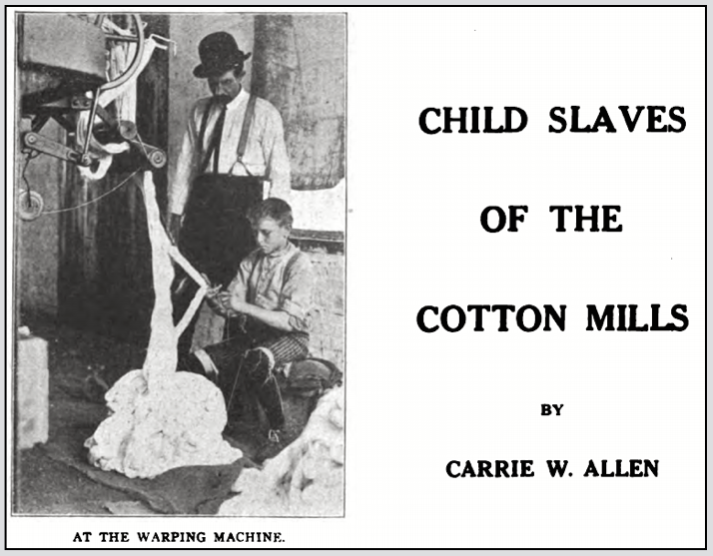 —————
—————
Hellraisers Journal – Thursday May 18, 1911
“The General Strike” -from Speech by Big Bill Haywood, Part II
From the International Socialist Review of May 1911:
[Part II of II]
And in Wales it was my good fortune to be there, not to theorize but to take part in the general strike among the coal miners. Previous to my coming, or in previous strikes, the Welsh miners had been in the habit of quitting work, carrying out their tools, permitting the mine managers to run the pumps, allowing the engine winders to remain at work, carrying food down to the horses, keeping the mines in good shape, while the miners themselves were marching from place to place singing their oldtime songs, gathering on the meeting grounds of the ancient Druids and listening to the speeches of the labor leaders; starving for weeks contentedly, and on all occasions acting most peaceably; going back to work when they were compelled to by starvation.
But this last strike was an entirely different one. It was like the shoemakers’ strike in Brooklyn. Some new methods had been injected into the strike. I had spoken there on a number of occasions previous to the strike being inaugurated, and I told them of the methods that we adopted in the west, where every man employed in and around the mine belongs to the same organization; where when we went on strike the mine closed down. They thought that that was a very excellent system. So the strike was declared. They at once notified the engine winders, who had a separate contract with the mine owners, that they would not be allowed to work. The engine winders passed a resolution saying that they would not work. The haulers took the same position. No one was allowed to approach the mines to run the machinery.
Well, the mine manager, like mine managers everywhere, taking unto himself the idea that the mines belonged to him, said, “Certainly the men won’t interfere with us. We will go up and run the machinery.” And they took along the office force. But the miners had a different notion and they said, “You can work in the office, but you can’t run this machinery. That isn’t your work. If you run that you will be scabbing; and we don’t permit you to scab-not in this section of the country, now.” They were compelled to go back to the office. There were 325 horses underground, which the manager, Llewellyn, complained about being in a starving condition. The officials of the union said, “We will hoist the horses out of the mine.” “Oh, no, we don’t want to bring them up. We will all be friends in a few days.”


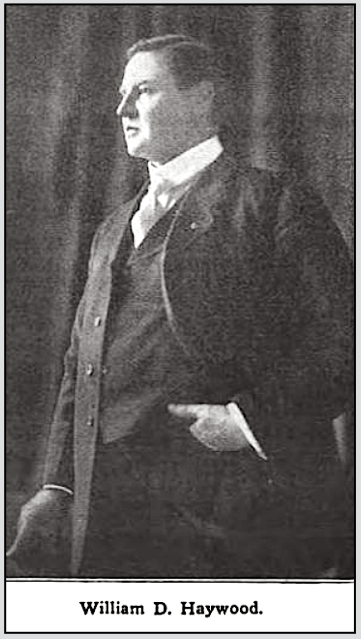 Comrades and Fellow-Workers:
Comrades and Fellow-Workers: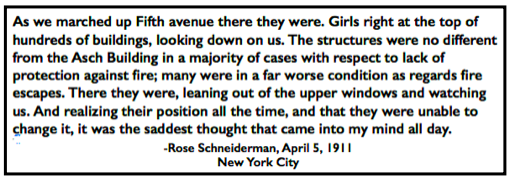 ———-
———-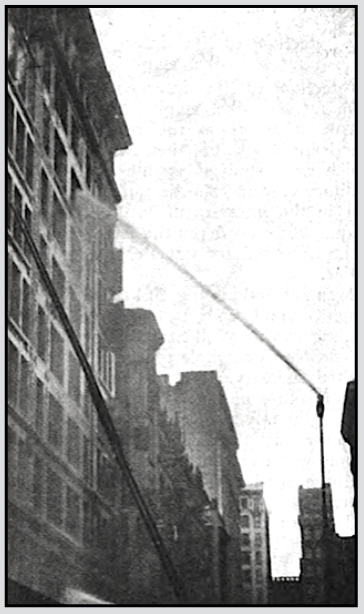
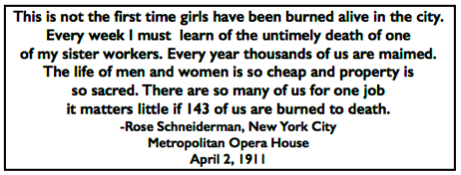 —————
————— —————-
—————-
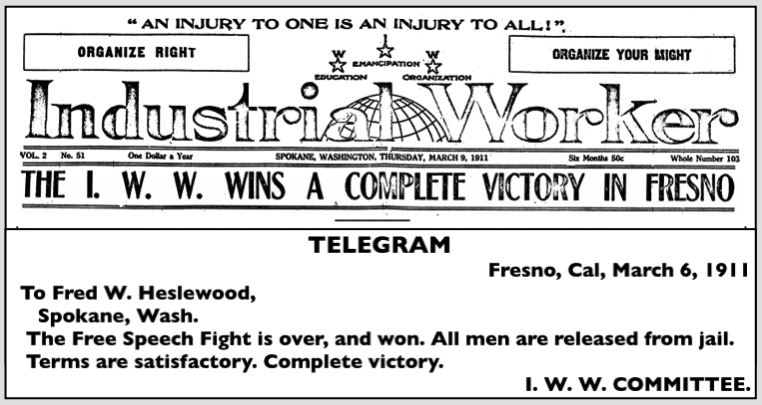
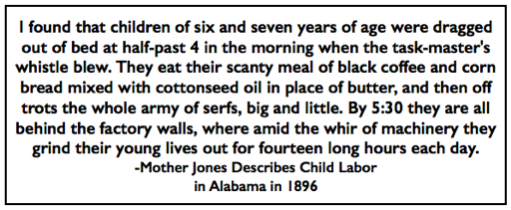 ———-
———-

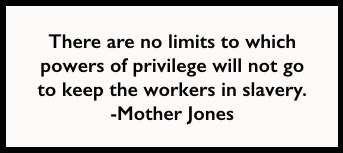
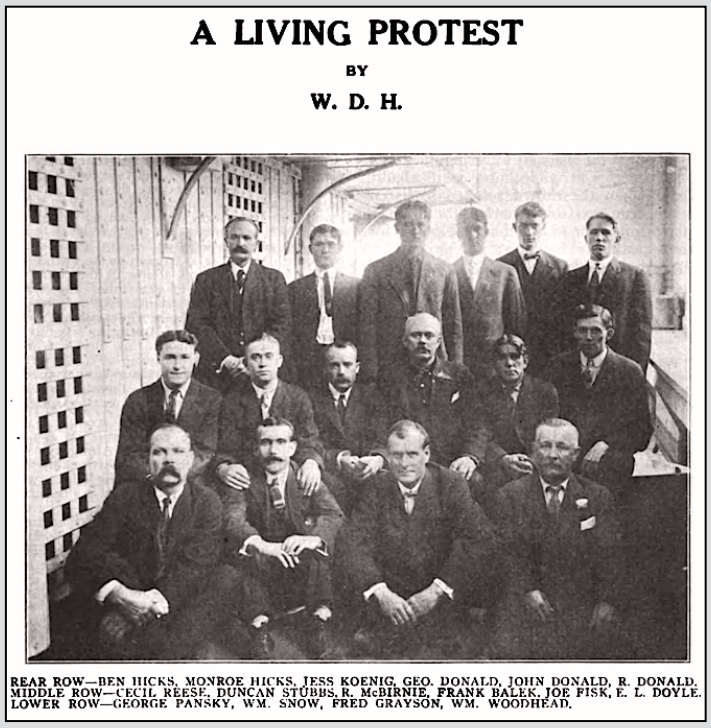
 ———-
———-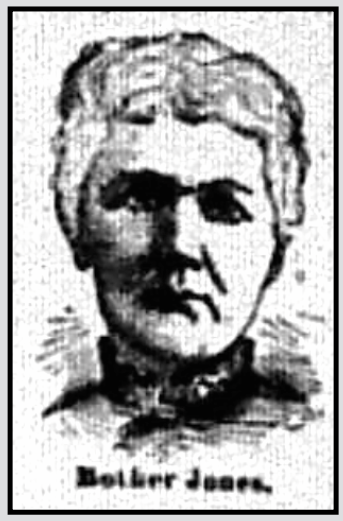 ———-
———-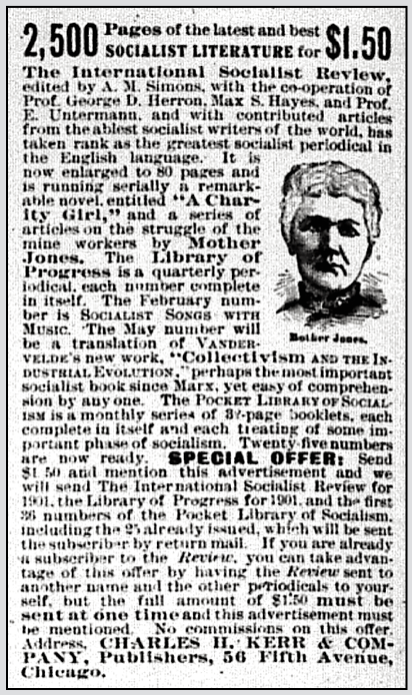
 ———-
———-